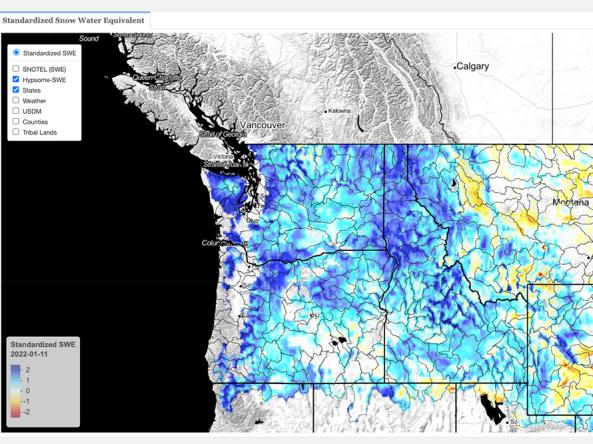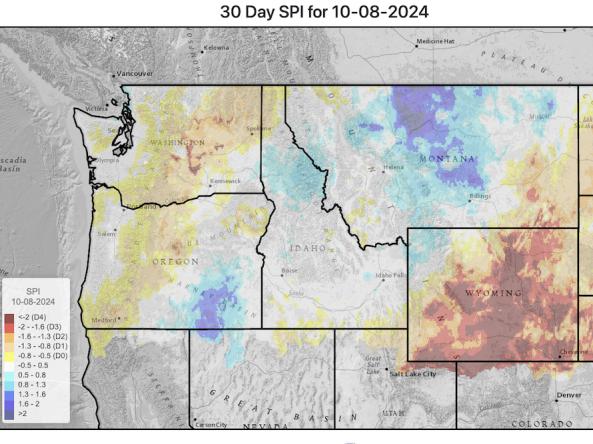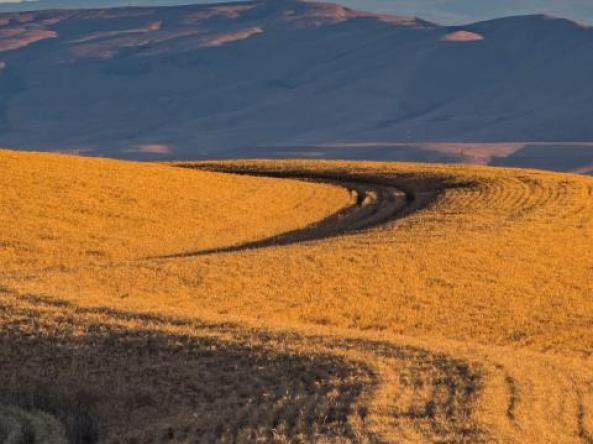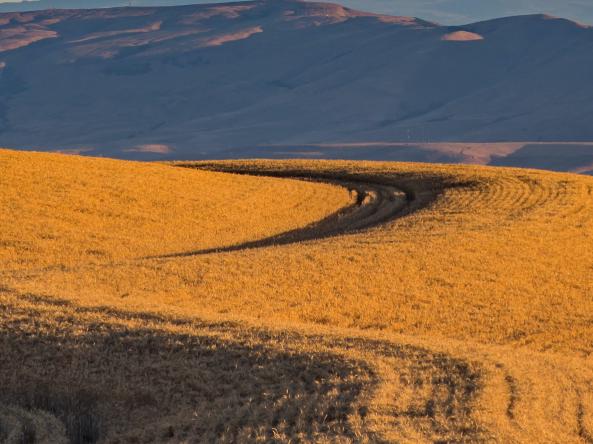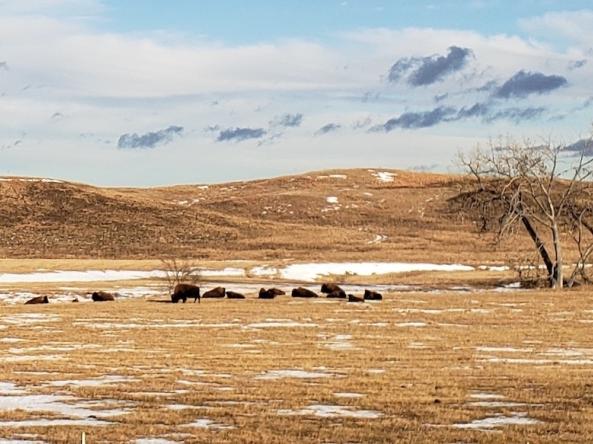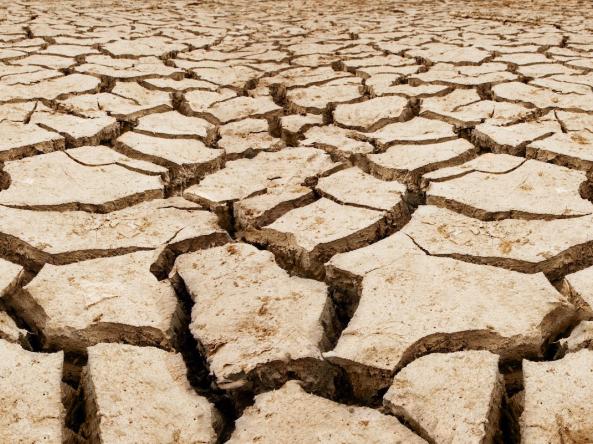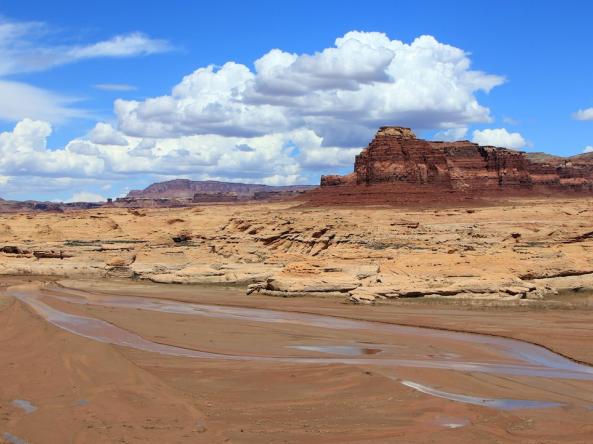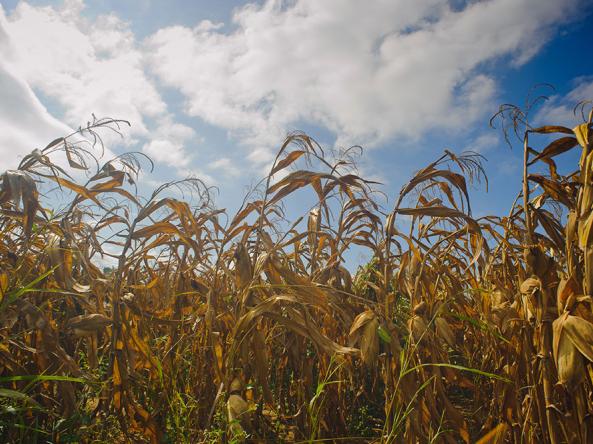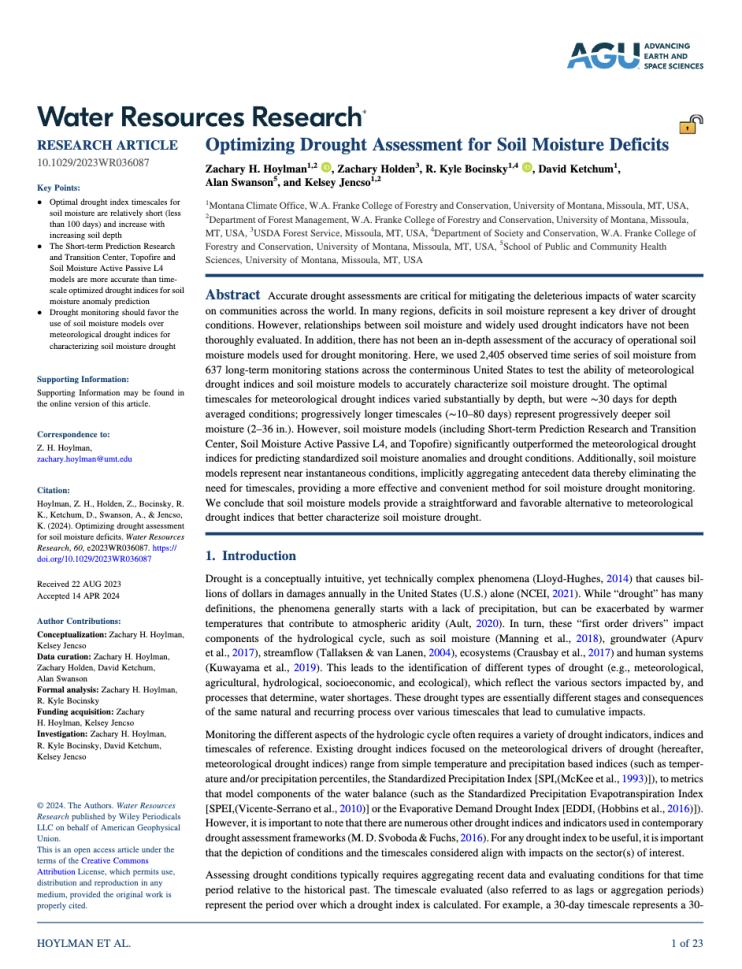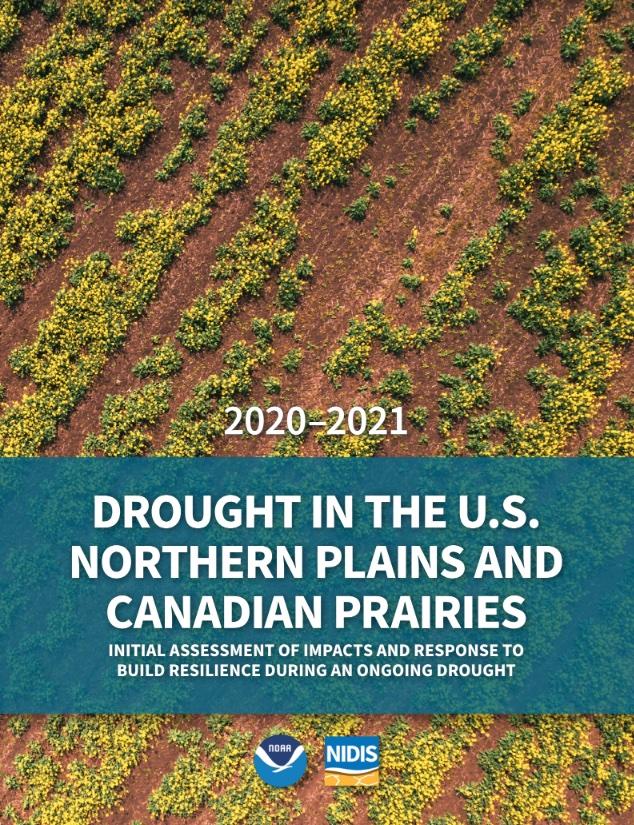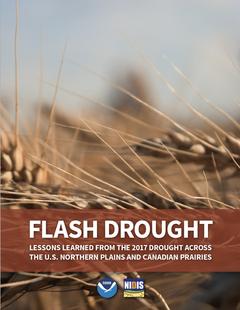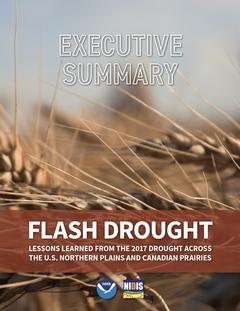Logo
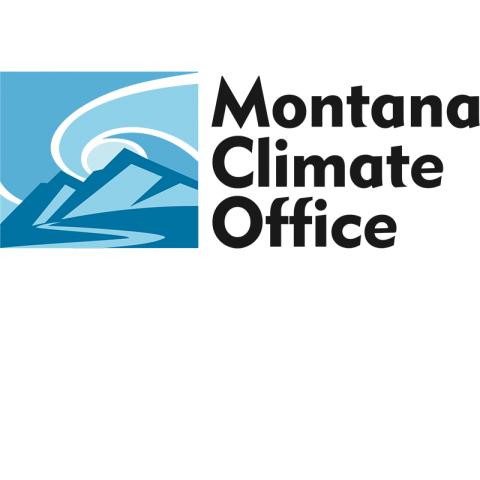
Related Data & Maps
This dataset contains estimates of standardized snow pack anomalies based on the depth of snow water equivalent (SWE), from NOAA/NOHRSC's SNOw Data Assimilation System (SNODAS).
Period of Record
2004–present
File Format
images
This website provides access to drought indices that are used by the Montana Governor’s Drought and Water Supply Advisory Committee (Monitoring Sub-Committee), though it covers the whole Upper
Period of Record
Current conditions
Related Events
Related Webinar Recaps
Related News
Site Section
News & Events
This article provides an overview of the study, Drought Characterization with GPS: Insights into Groundwater and Surface-Reservoir Storage in California, published in Water Resources Research.Drought intensity is often characterized using meteorological observations, such as precipitation, rather than hydrologic observations, such as reservoir levels and groundwater levels. While
Site Section
News & Events
A groundbreaking digital story collection, “Explore Climate Actions on the CSKT Flathead Reservation,” recently clinched the prestigious Esri Native Nations Traditional Ecological Knowledge (TEK) Award in the 2023 ArcGIS StoryMaps Competition.The collection was created by the Montana Climate Office at the University of Montana and the Confederated Salish and Kootenai Tribes of the Flathead
Site Section
News & Events
The Confederated Salish and Kootenai Tribes (CSKT) Bison Range just gained a brand new mesonet station to record and deliver hydrological and meteorological data.
The station went live on May 4, 2023 with a goal to improve the monitoring of weather, soil, and snowpack across the Flathead Reservation, as well as contributing to the larger Montana Mesonet network.
The state-of-the-art
Site Section
News & Events
NOAA’s National Integrated Drought Information System (NIDIS) has announced a total annual award of $6.2 million to support 12 new, innovative, and impactful projects that will improve our nation’s resilience at a critical time in the fight against the drought crisis. The projects will focus on ecological drought and building tribal drought resilience.
NIDIS is funding seven new 2-year
Site Section
News & Events
By Zachary H. Hoylman, R. Kyle Bocinsky, and Kelsey G. Jencso, Montana Climate Office at the University of Montana.
This article summarizes the study, Drought assessment has been outpaced by climate change: empirical arguments for a paradigm shift, published in Nature Communications.
Click on this video for a short presentation on this work.
Key Findings
Climate change shifts the
Site Section
News & Events
The 2017 Northern Plains drought sparked wildfires, destroyed livestock, and reduced agricultural production. Neither the drought’s swift onset nor its severity were forecasted. In May 2017, the region was mostly drought-free, and at least average summer precipitation was forecasted. By July 2017, North Dakota, South Dakota, eastern Montana, and the Canadian prairies were experiencing severe to
Related Documents
Document Date
June 2024
Document Date
January 2023
Related Research


